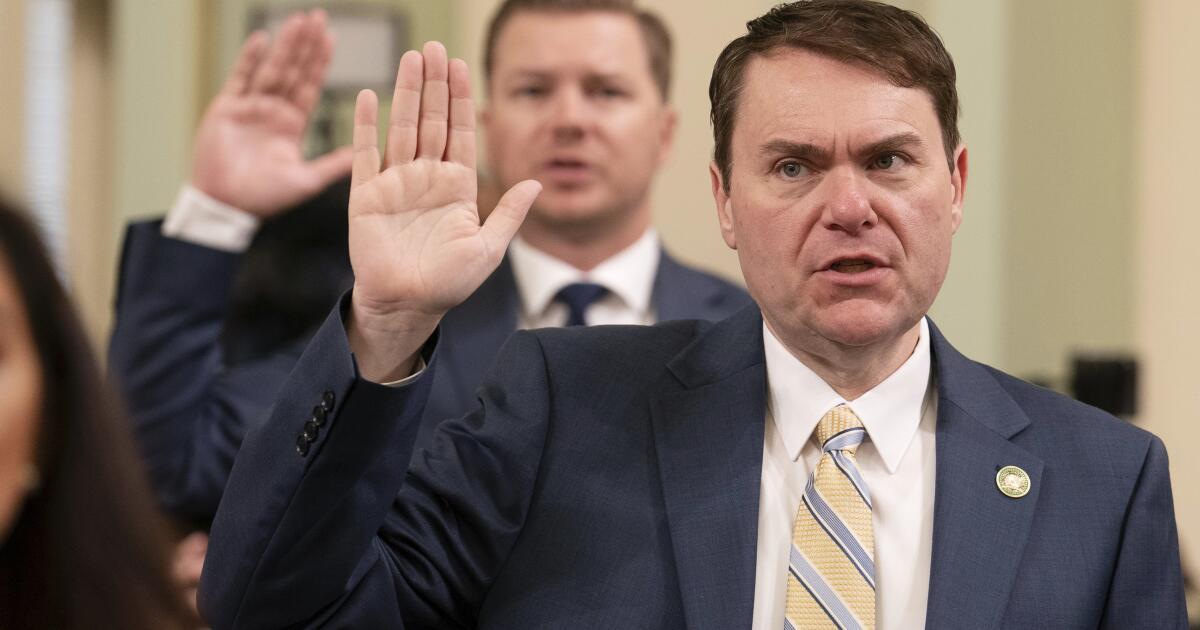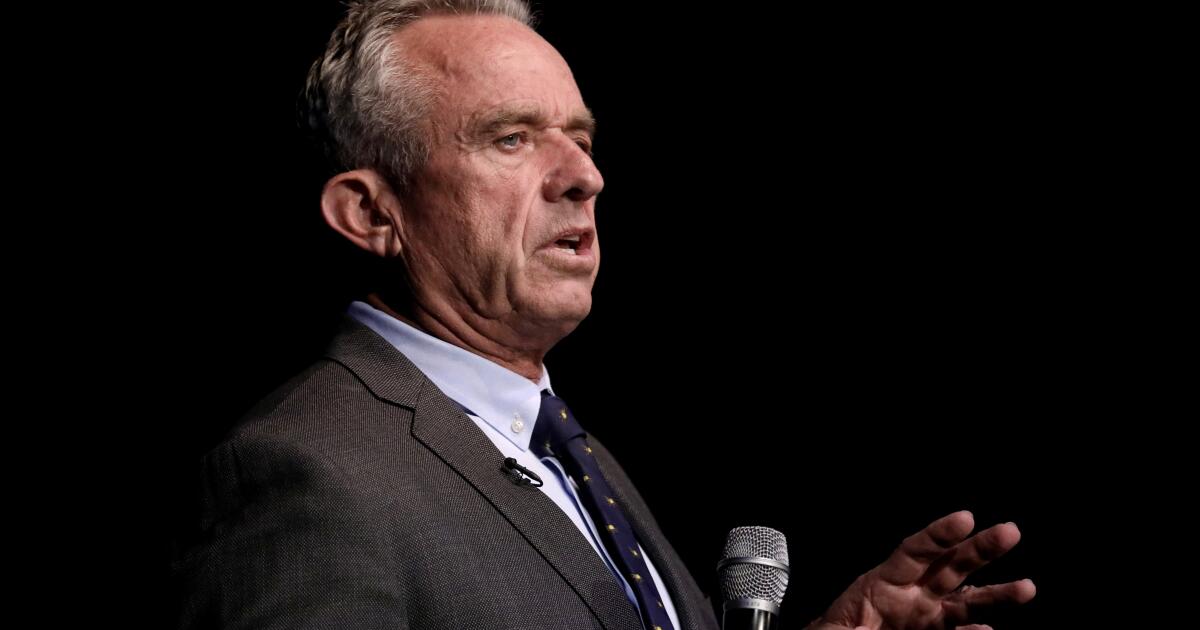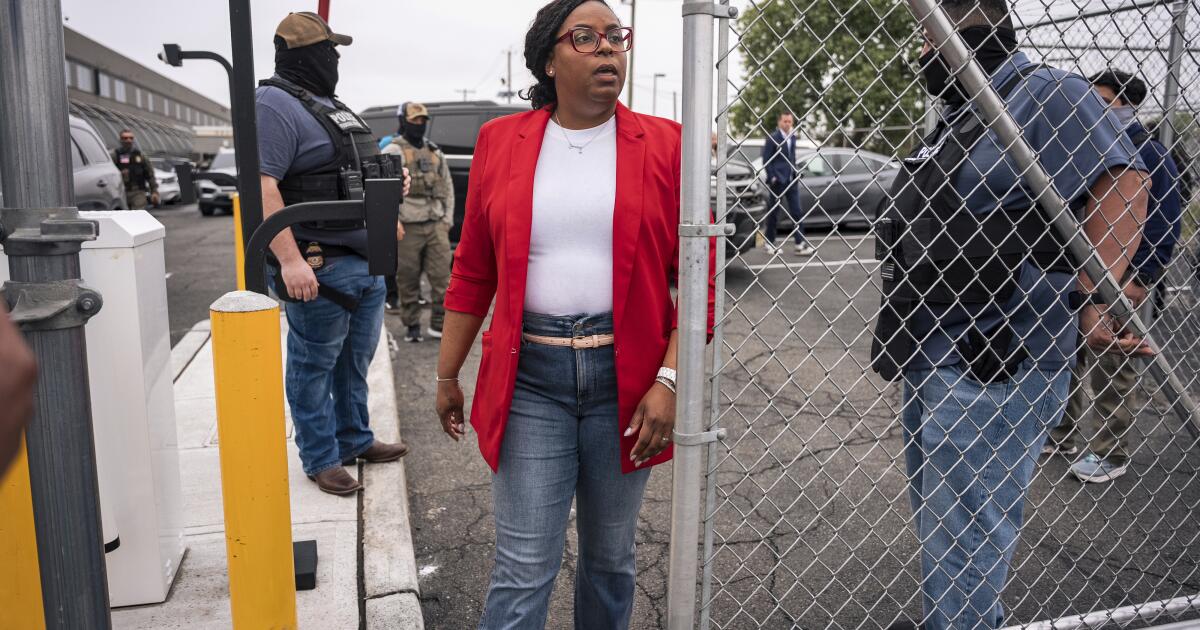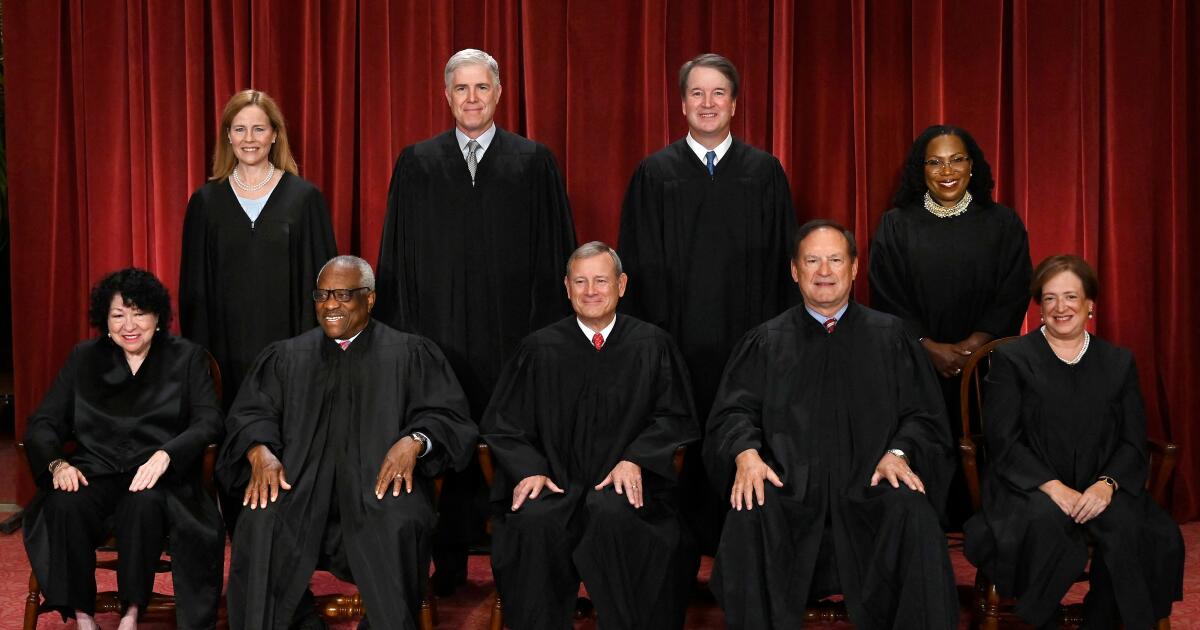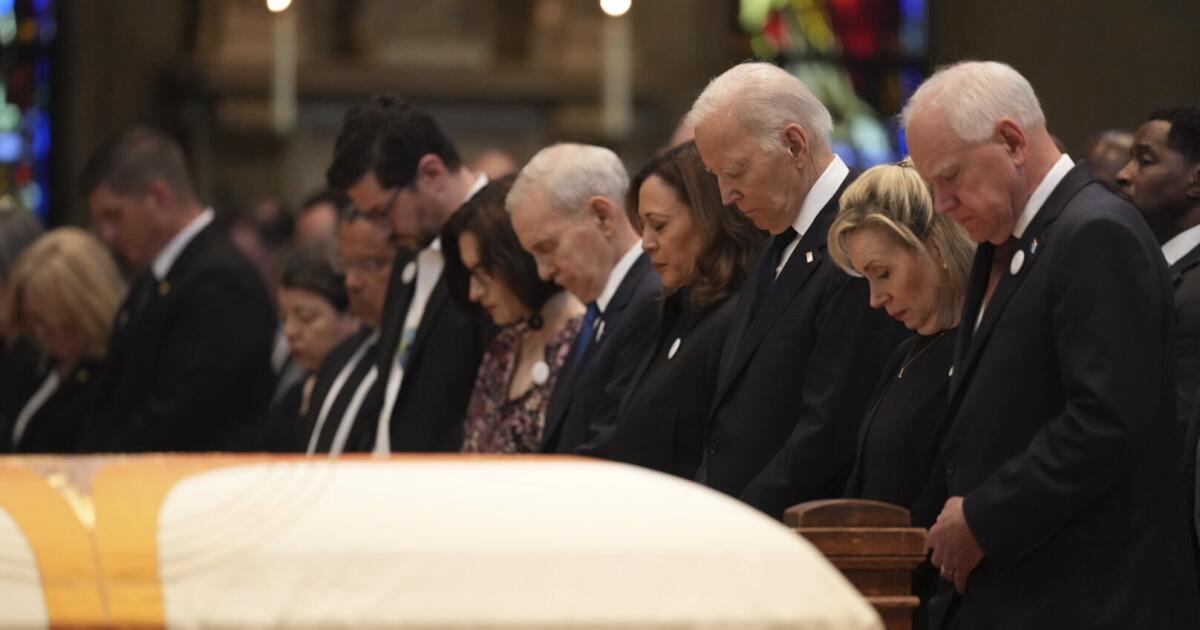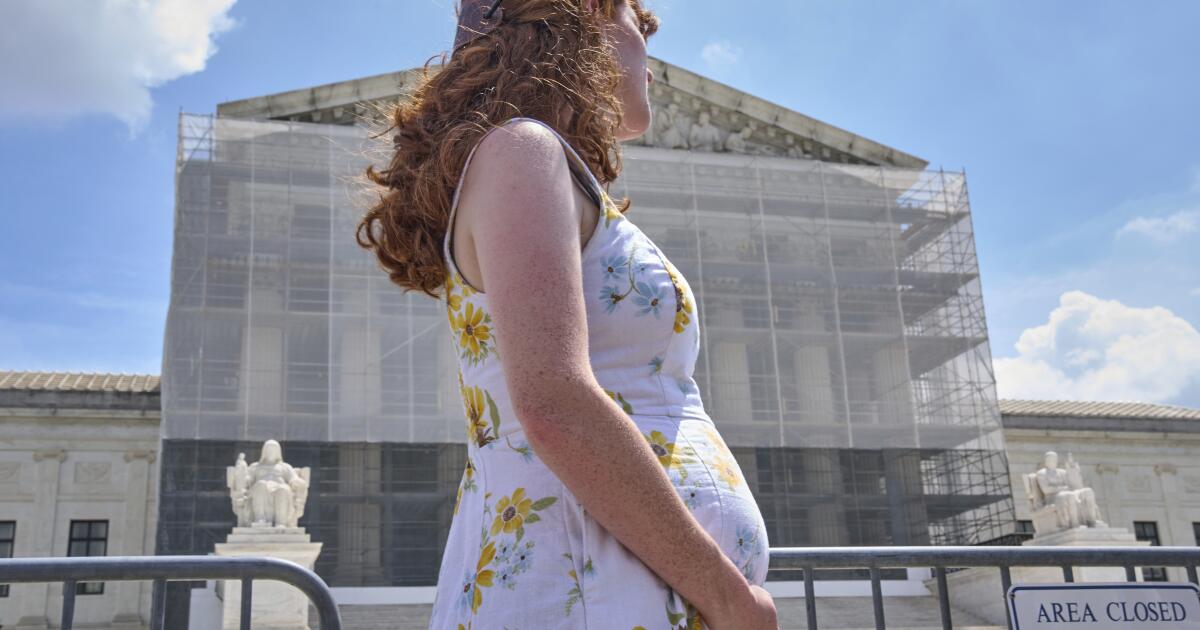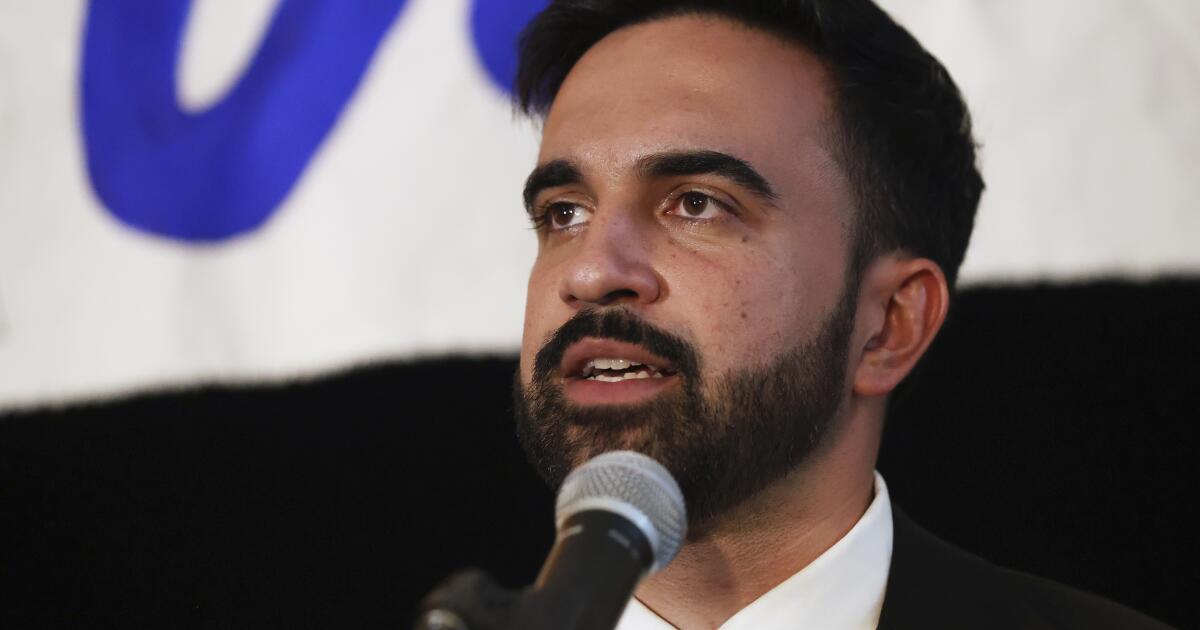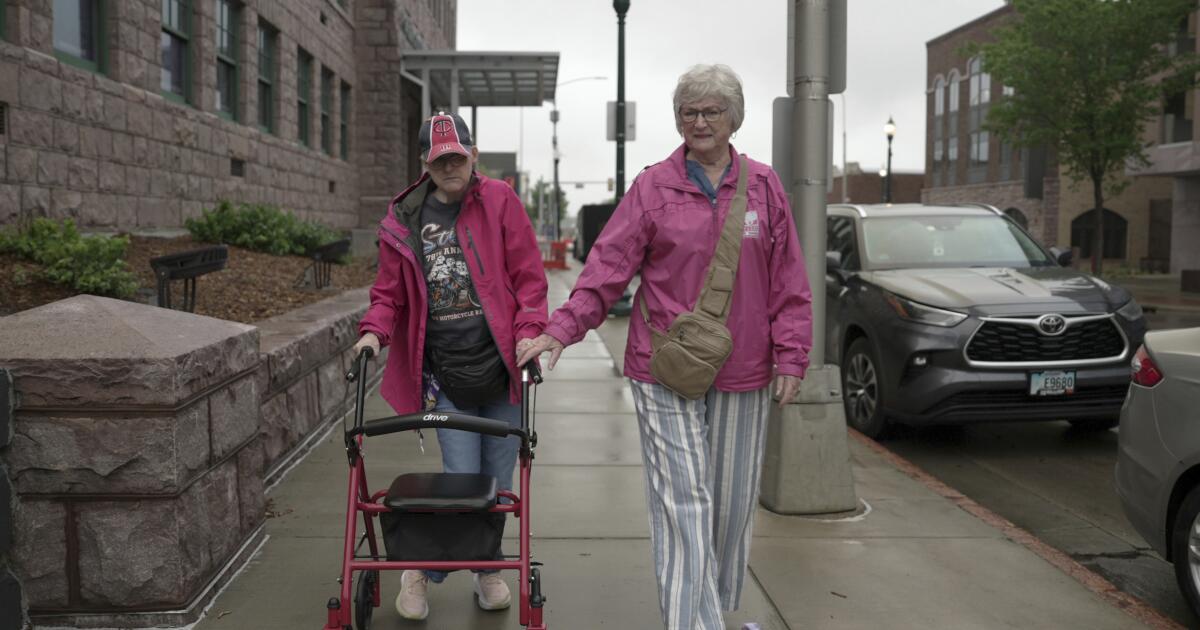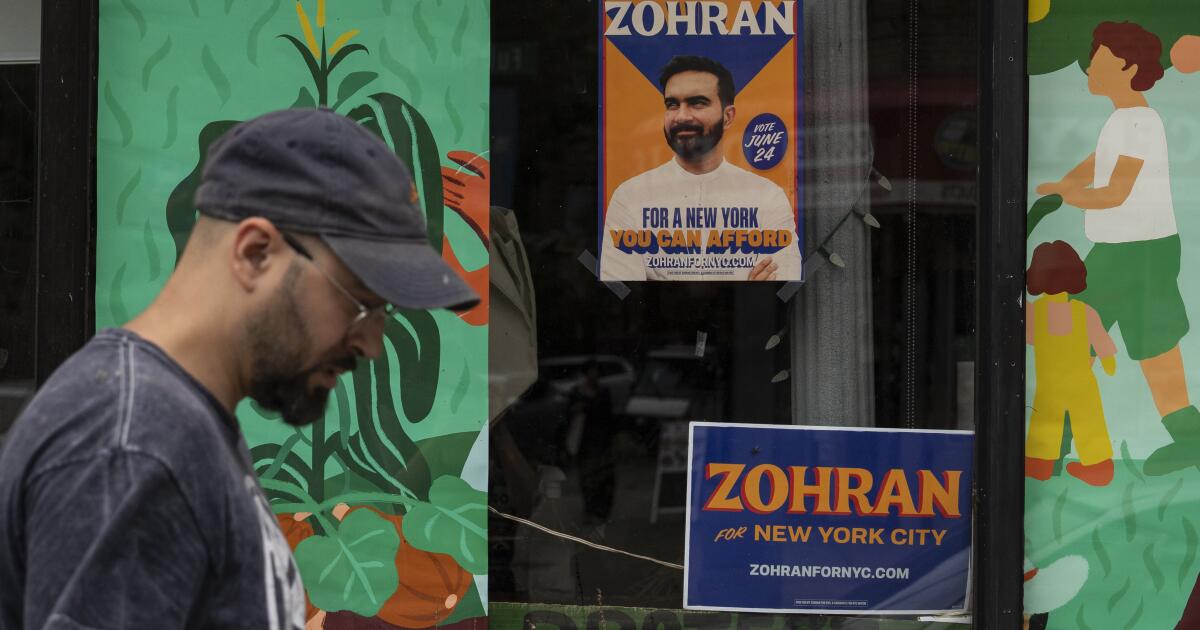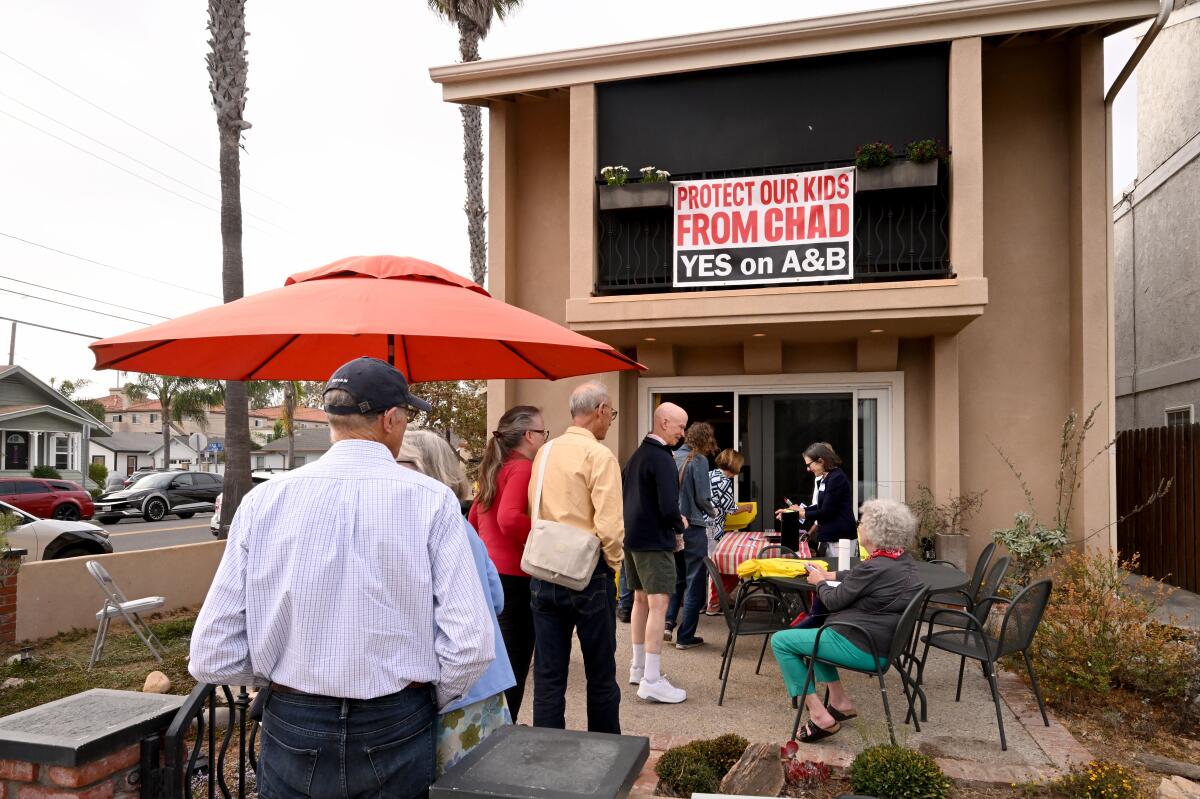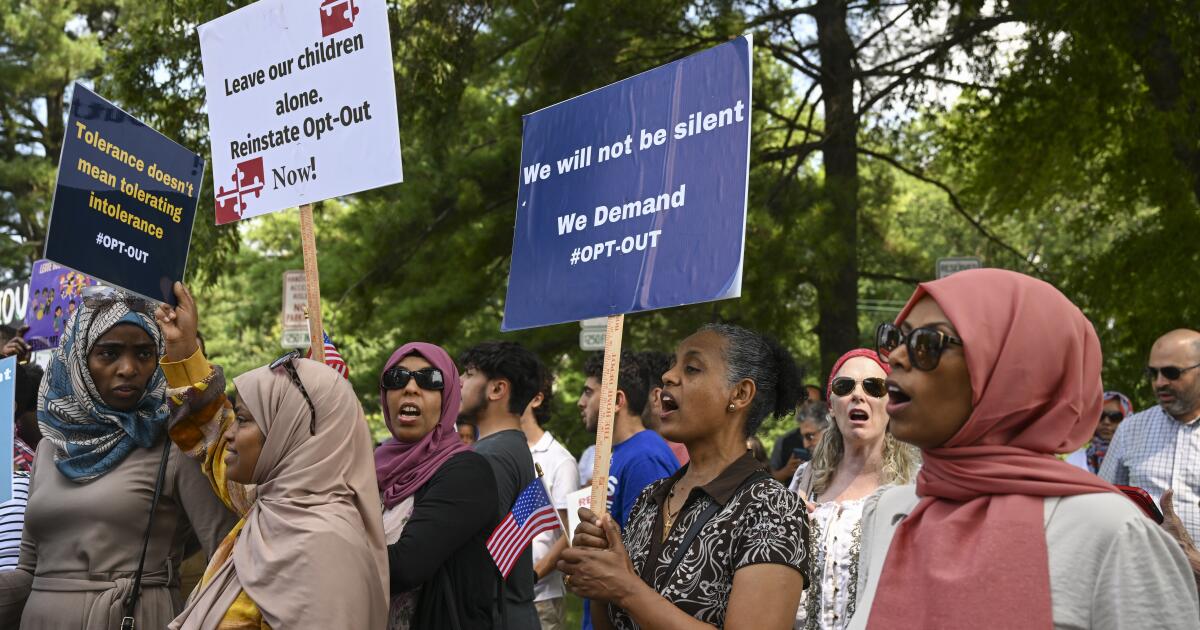SIOUX FALLS, S.D. — In the time before widespread vaccination, death often came early.
Devastating infectious diseases ran rampant in America, killing millions of children and leaving others with lifelong health problems. These illnesses were the main reason why nearly 1 in 5 children in 1900 never made it to their 5th birthday.
Over the next century, vaccines virtually wiped out long-feared scourges like polio and measles and drastically reduced the toll of many others. Today, however, some preventable, contagious diseases are making a comeback as vaccine hesitancy — often fed by misinformation — pushes immunization rates down. And well-established vaccines are facing suspicion even from public officials, including the head of the U.S. Department of Health and Human Services, Robert F. Kennedy Jr., a longtime anti-vaccine activist.
“This concern, this hesitancy, these questions about vaccines are a consequence of the great success of the vaccines — because they eliminated the diseases,” said Dr. William Schaffner, an infectious disease expert at Vanderbilt University Medical Center. “If you’re not familiar with the disease, you don’t respect or even fear it. And therefore you don’t value the vaccine.”
Anti-vaccine activists even portray the shots as a threat, focusing on the rare risk of serious side effects while ignoring the far larger risks posed by the diseases — and years of real-world data that experts say prove the vaccines are safe.
Some Americans know the reality of these preventable diseases all too well. For them, news of measles outbreaks and rising whooping cough cases brings back terrible memories of lives forever changed — and a longing to spare others from similar pain.
Getting rubella while pregnant
With a mother’s practiced, guiding hand, 80-year-old Janith Farnham helped steer her 60-year-old daughter’s walker through a Sioux Falls art center. They stopped at a painting of a cow wearing a hat.
Janith pointed to the hat, then to her daughter Jacque’s Minnesota Twins cap. Jacque did the same.
“That’s so funny!” Janith said, leaning in close to say the words in sign language too.
Jacque was born with congenital rubella syndrome, which can cause a host of issues including hearing impairment, eye problems, heart defects and intellectual disabilities. There was no vaccine against rubella back then, and Janith contracted the viral illness very early in the pregnancy, when she had up to a 90% chance of giving birth to a baby with the syndrome.
Janith recalled knowing “things weren’t right” almost immediately. The baby wouldn’t respond to sounds or look at anything but lights. She didn’t like to be held close. Her tiny heart sounded like it purred — evidence of a problem that required surgery at 4 months old.
Janith did all she could to help Jacque thrive, sending her to the Colorado School for the Deaf and the Blind and using skills she honed as a special education teacher. She and other parents of children with the syndrome shared insights in a support group.
Meanwhile, the condition kept taking its toll. As a young adult, Jacque developed diabetes, glaucoma and autistic behaviors. Eventually, arthritis set in.
Today, Jacque lives in an adult residential home a short drive from Janith’s place. Above her bed is a net overflowing with stuffed animals. On a headboard shelf are photo books Janith created, filled with memories such as birthday parties and trips to Mt. Rushmore.
Jacque’s days typically begin with an insulin shot and breakfast before she heads off to a day program. She gets together with her mom four or five days a week. They often hang out at Janith’s town home, where Jacque has another bedroom decorated with her own artwork and quilts Janith sewed for her. Jacque loves playing with Janith’s dog, watching sports on television and looking up things on her iPad.
Janith marvels at Jacque’s sense of humor, gratefulness, curiosity and affectionate nature despite all she’s endured. Jacque is generous with kisses and often signs “double I love yous” to family, friends and new people she meets.
“When you live through so much pain and so much difficulty and so much challenge, sometimes I think: Well, she doesn’t know any different,” Janith said.
Given what her family has been through, Janith believes younger people are being selfish if they choose not to get their children the MMR shot against measles, mumps and rubella.
“It’s more than frustrating. I mean, I get angry inside,” she said. “I know what can happen, and I just don’t want anybody else to go through this.”
Consequences of delaying vaccine
More than half a century has passed, but Patricia Tobin still vividly recalls getting home from work, opening the car door and hearing her mother scream. Inside the house, her little sister Karen lay unconscious on the bathroom floor.
It was 1970, and Karen was 6. She’d contracted measles shortly after Easter. Though an early vaccine was available, it wasn’t required for school in Miami where they lived. Karen’s doctor discussed immunizing the first-grader, but their mother didn’t share his sense of urgency.
“It’s not that she was against it,” Tobin said. “She just thought there was time.”
Then came a measles outbreak. Karen — whom Tobin described as a “very endearing, sweet child” who would walk around the house singing — quickly became very sick. The afternoon she collapsed in the bathroom, Tobin, then 19, called the ambulance. Karen never regained consciousness.
“She immediately went into a coma and she died of encephalitis,” said Tobin, who stayed at her bedside in the hospital. “We never did get to speak to her again.”
Today, all states require that children get certain vaccines to attend school. But a growing number of people are making use of exemptions allowed for medical, religious or philosophical reasons. Vanderbilt’s Schaffner said fading memories of measles outbreaks were exacerbated by a fraudulent, retracted study claiming a link between the MMR shot and autism.
The result? Most states are below the 95% vaccination threshold for kindergartners — the level needed to protect communities against measles outbreaks.
“I’m very upset by how cavalier people are being about the measles,” Tobin said. “I don’t think that they realize how destructive this is.”
Polio changed a life twice
One of Lora Duguay’s earliest memories is lying in a hospital isolation ward with her feverish, paralyzed body packed in ice. She was 3 years old.
“I could only see my parents through a glass window. They were crying and I was screaming my head off,” said Duguay, 68. “They told my parents I would never walk or move again.”
It was 1959, and Duguay, of Clearwater, Fla., had polio. It mostly preyed on children and was one of the most feared diseases in the U.S., experts say, causing some terrified parents to keep children inside and avoid crowds during epidemics.
Given polio’s visibility, the vaccine against it was widely and enthusiastically welcomed. But the early vaccine that Duguay got was only about 80% to 90% effective. Not enough people were vaccinated or protected yet to stop the virus from spreading.
Duguay initially defied her doctors. After intensive treatment and physical therapy, she walked and even ran — albeit with a limp. She got married, raised a son and worked as a medical transcriptionist.
But in her early 40s, she noticed she couldn’t walk as far as she used to. A doctor confirmed she was in the early stages of post-polio syndrome, a neuromuscular disorder that worsens over time.
One morning, she tried to stand up and couldn’t move her left leg.
After two weeks in a rehab facility, she started painting to stay busy. Eventually, she joined arts organizations and began showing and selling her work. Art “gives me a sense of purpose,” she said.
These days, she can’t hold up her arms long enough to create big oil paintings at an easel. So she pulls her wheelchair up to an electric desk to paint on smaller surfaces such as stones and petrified wood.
The disease that changed her life twice is no longer a widespread problem in the country.
So many children get the vaccine — which is far more effective than earlier versions — that it doesn’t just protect individuals but it prevents occasional cases that arrive in the U.S. from spreading further. “Herd immunity” keeps everyone safe by preventing outbreaks that can sicken the vulnerable.
But after three decades of eradication, the U.S. has seen isolated polio outbreaks in recent years, typically in communities with low vaccination rates.
After whooping cough, ‘she was gone’
Every night, Katie Van Tornhout rubs a plaster cast of a tiny foot, a vestige of the daughter she lost to whooping cough at just 37 days old.
Callie Grace was born on Christmas Eve 2009 after Van Tornhout and her husband tried five years for a baby. She arrived six weeks early but healthy.
“She loved to have her feet rubbed,” said the 40-year-old Lakeville, Ind., mother. “She was this perfect baby.”
When Callie turned a month old, she began to cough, prompting a visit to the doctor, who didn’t suspect anything serious. By the next night, Callie was doing worse. They went back.
In the waiting room, she became blue and limp in Van Tornhout’s arms. The medical team whisked her away and beat lightly on her back. She took a deep breath and giggled.
Though the giggle was reassuring, the Van Tornhouts went to the ER, where Callie’s skin turned blue again. For a while, medical treatment helped. But at one point she started squirming, and medical staff frantically tried to save her.
“Within minutes,” Van Tornhout said, “she was gone.”
Van Tornhout recalled sitting with her husband and their lifeless baby for four hours, “just talking to her, thinking about what could have been.”
Callie’s viewing was held on her original due date — the same day the Centers for Disease Control and Prevention called to confirm she had pertussis, or whooping cough. She was too young for the Tdap vaccine against it and was exposed to someone who hadn’t gotten their booster shot.
Today, next to the cast of Callie’s foot is an urn with her ashes and a glass curio cabinet filled with mementos including baby shoes.
“My kids to this day will still look up and say, ‘Hey, Callie, how are you?’” said Van Tornhout, who has four children and a stepson. “She’s part of all of us every day.”
Van Tornhout now advocates for childhood immunization through the nonprofit Vaccinate Your Family. She also shares her story with people she meets, including a pregnant customer who came into the restaurant her family ran saying she didn’t want to immunize her baby. She later returned with her vaccinated 4-month-old.
“It’s up to us as adults to protect our children — like, that’s what a parent’s job is,” Van Tornhout said. “I watched my daughter die from something that was preventable.… You don’t want to walk in my shoes.”
Ungar writes for the Associated Press.
